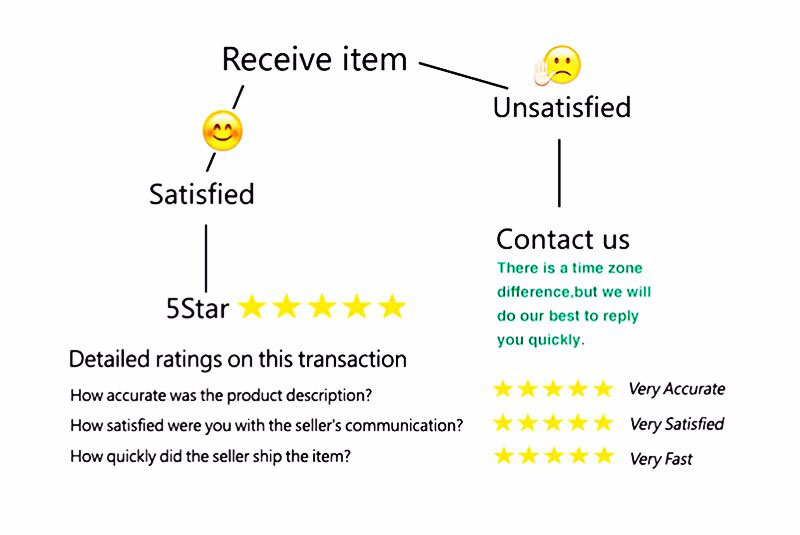Understanding Subsidized or Unsubsidized Loans: Which Option is Right for You?
#### Subsidized LoansSubsidized loans are a type of federal student loan where the government pays the interest while you are in school at least half-time……
#### Subsidized Loans
Subsidized loans are a type of federal student loan where the government pays the interest while you are in school at least half-time, during the grace period, and during deferment periods. This means that the total amount you owe when you graduate will be less than what you would owe on an unsubsidized loan. The key benefit of subsidized loans is that they provide financial relief to students who demonstrate financial need, making higher education more accessible.
To qualify for subsidized loans, students must complete the Free Application for Federal Student Aid (FAFSA) and demonstrate financial need based on their family's income. These loans are available to undergraduate students only, and there is a limit on the amount you can borrow each year. The government sets these limits based on your year in school and whether you are a dependent or independent student.
#### Unsubsidized Loans

Unsubsidized loans, on the other hand, are available to both undergraduate and graduate students regardless of financial need. With these loans, interest begins accruing as soon as the loan is disbursed, which means that the total amount you owe can grow significantly if you do not pay the interest while in school. Unlike subsidized loans, there is no requirement to demonstrate financial need, making them a more accessible option for many students.
Students can also apply for unsubsidized loans by filling out the FAFSA. However, the interest rates and repayment terms are similar to those of subsidized loans, making them a viable choice for students who need additional funding. It is essential to understand that while unsubsidized loans can help cover educational costs, they can lead to a larger debt burden post-graduation if not managed wisely.
#### Choosing Between Subsidized and Unsubsidized Loans

When deciding between subsidized and unsubsidized loans, it is essential to consider your financial situation, your eligibility for financial aid, and your long-term financial goals. If you qualify for subsidized loans, they are generally the better option due to the government covering the interest during your time in school. This can save you a significant amount of money in the long run.
However, if you do not qualify for subsidized loans or need to borrow more than the subsidized limit, unsubsidized loans can still be a helpful resource. It is crucial to understand the implications of accruing interest on these loans and to plan for repayment strategies that minimize the overall cost of borrowing.
#### Conclusion

In summary, both subsidized and unsubsidized loans play vital roles in financing higher education. Understanding the differences between these two types of loans can help you make informed decisions about your education financing options. Always consider your financial situation, eligibility, and future repayment plans when choosing between subsidized or unsubsidized loans. By making educated choices, you can set yourself up for a successful financial future as you navigate your educational journey.